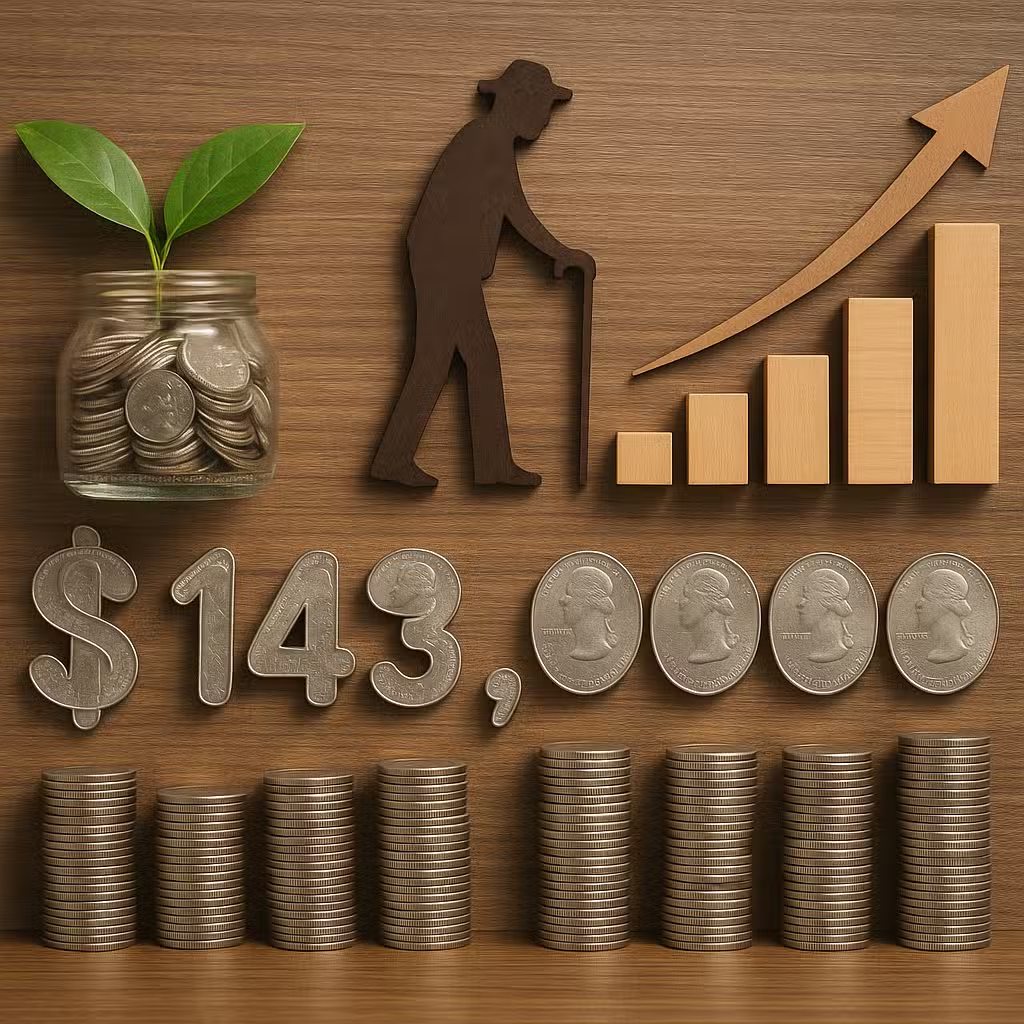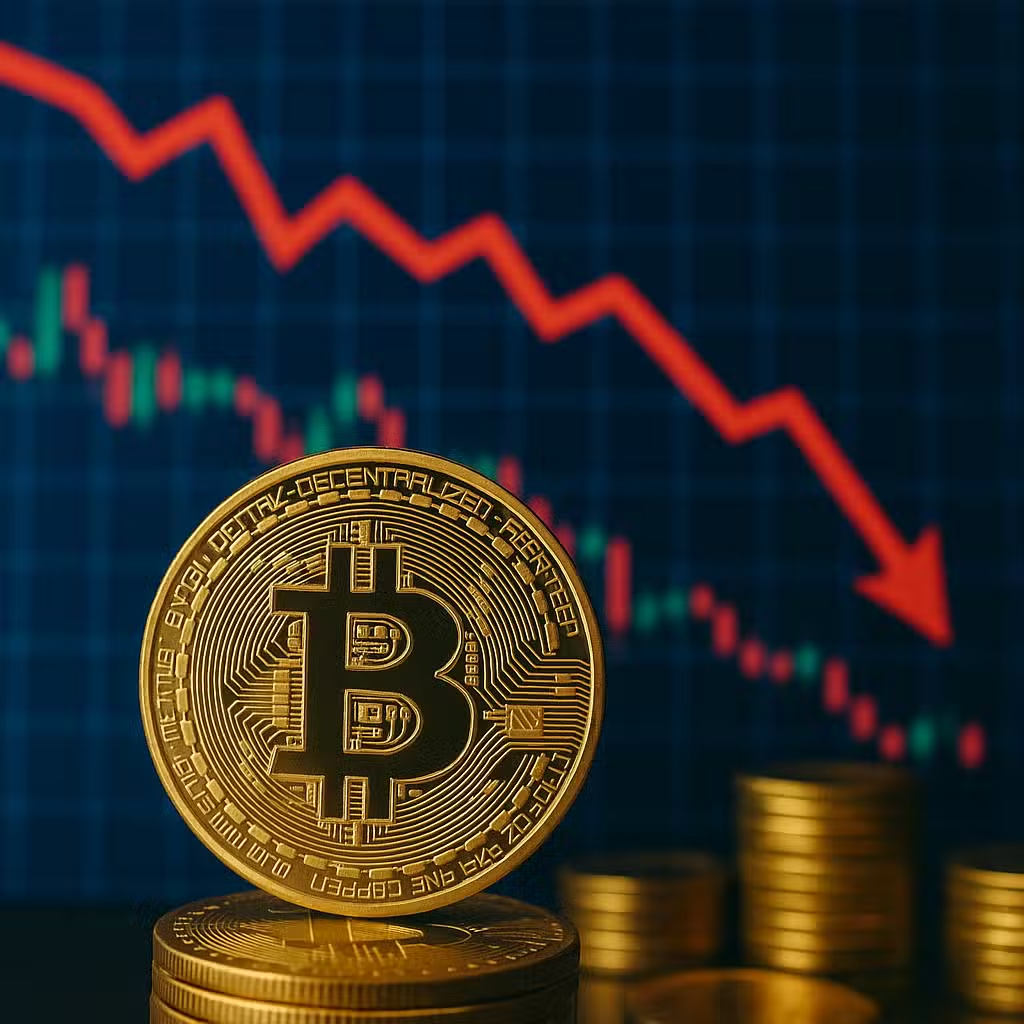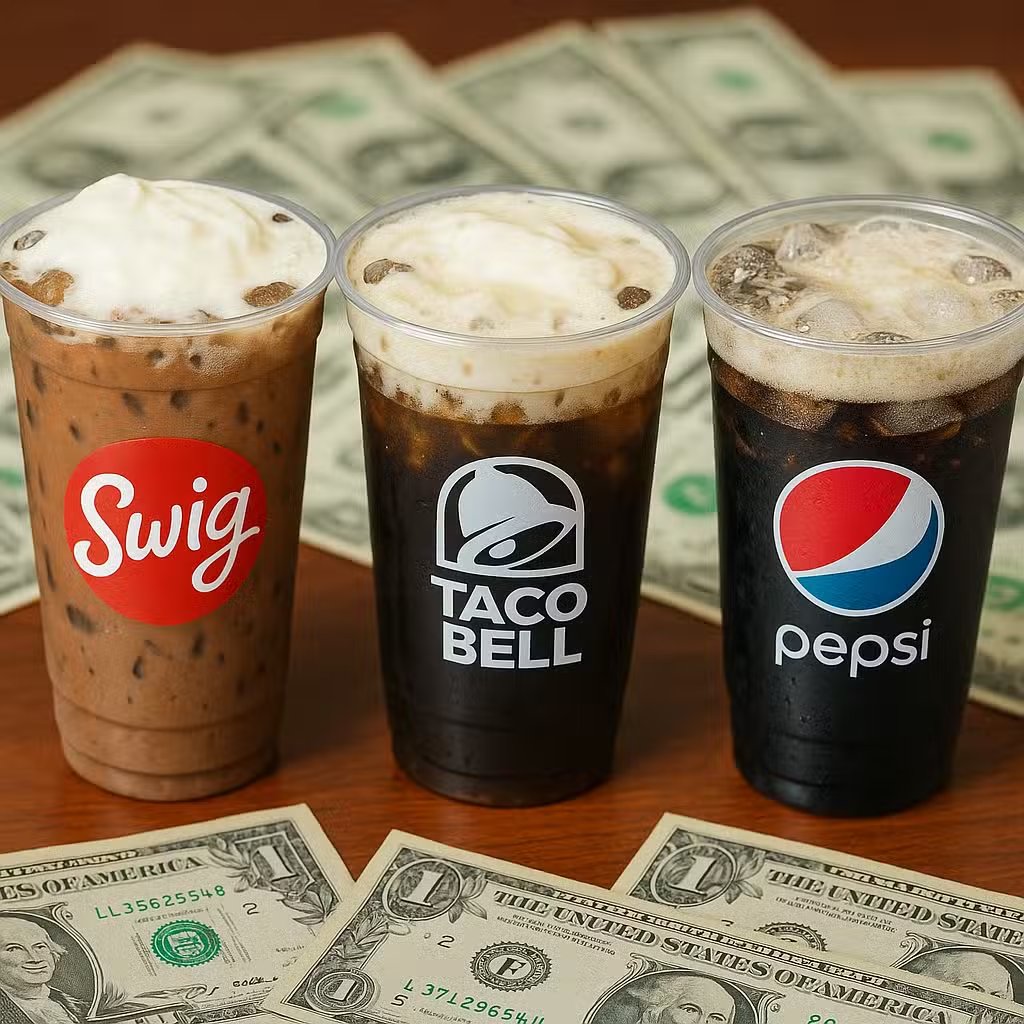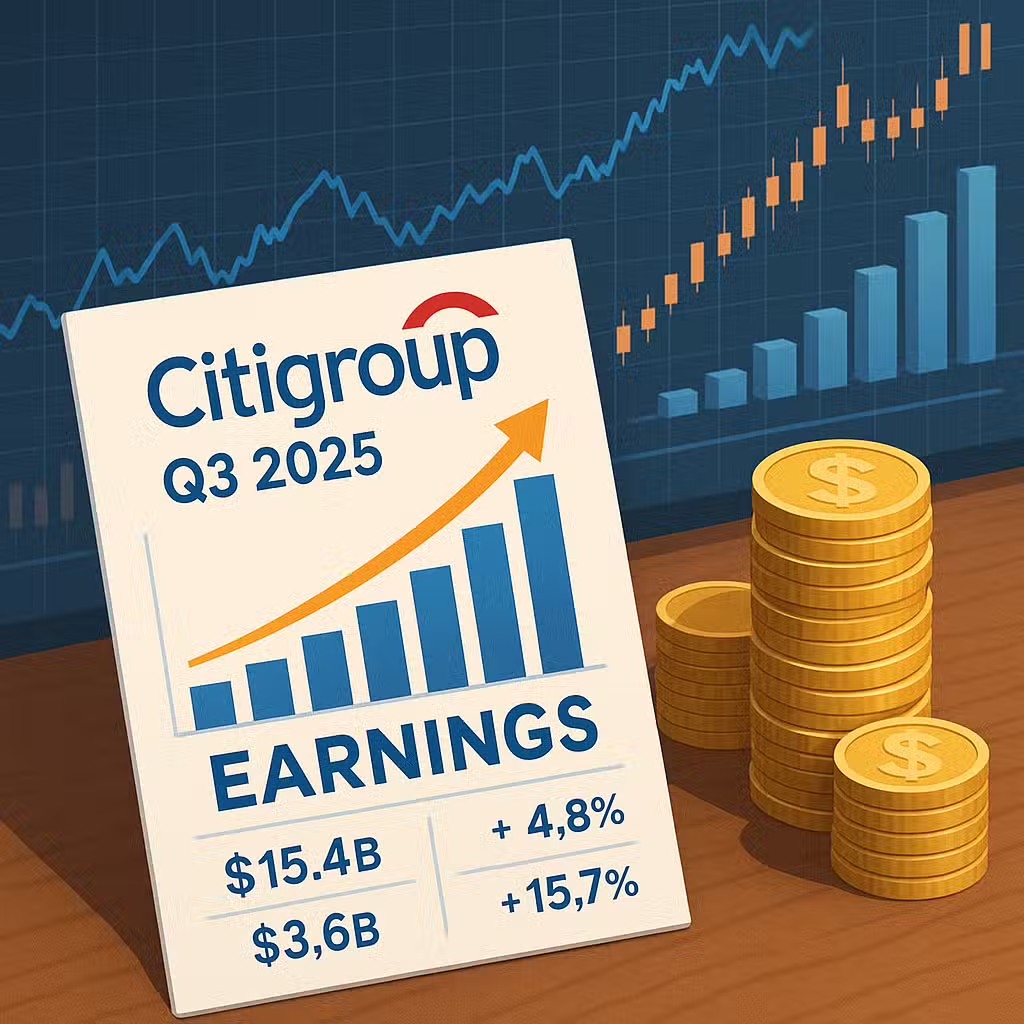Smart Ways to Invest $143,000 for Retirement: Key Tips for Long-Term Growth
Imagine leaving your ice cream out on a hot day—it quickly melts away. That’s what can happen to your money if you just let it sit in cash: inflation slowly eats away at its value. For investors, especially those thinking about retirement, knowing what to do with extra cash really matters.
Why This Matters for Investors
If you have $143,000 saved, it’s tempting to keep it in the bank for safety. But just like that melting ice cream, your money loses buying power over time due to inflation. According to the U.S. Bureau of Labor Statistics, the average inflation rate in the U.S. over the last 30 years has been about 2.5% per year. That means $143,000 today could be worth much less in the future if it doesn’t grow. Learn more here.
Bull Case: Ways to Grow and Protect Your Money
- Mix It Up: Many experts suggest spreading your money between stocks (for growth), bonds (for safety), and cash (for emergencies). A common rule is “110 minus your age” to decide what percent goes into stocks. If you’re 66, that’s 44% in stocks and the rest in bonds or cash.
- Gold as a Hedge: Gold has a long history of protecting wealth during uncertain times. In fact, gold recently reached a record price of $3,881 per ounce in October 2025. You can buy gold in different forms, like bars, coins, or even stocks tied to gold.
- Gold IRAs: Some people use special retirement accounts to buy gold or silver, which can help shield savings from inflation and market swings. Companies like Goldco offer these accounts, sometimes with bonuses like free silver for new investors.
- Stock Market ETFs: Buying a fund that tracks the S&P 500 is a simple way to own a piece of 500 big U.S. companies. These funds have averaged about 10% returns per year over long periods, according to S&P Global.
- High-Yield Savings: Some online savings accounts now pay over 4% interest, much higher than the national average of 0.41%. But over 82% of Americans aren’t taking advantage of these rates, according to CNBC Select.
Bear Case: Risks and Things to Watch Out For
- Market Volatility: Stocks can go up and down, especially with political changes or global conflicts. If you need your money soon, big drops could hurt your savings.
- Gold Swings: While gold is often seen as safe, its price can also jump around. If you buy at the wrong time, you might not see gains for years.
- Bonds and Interest Rates: Bonds usually offer steady income, but if interest rates go up, bond values can fall. That’s something to consider in today’s changing rate environment.
- Missing Out on Growth: If you keep all your money in cash, it’s safe but grows very slowly, and inflation can chip away at its value.
- Too Much Complexity: Some products, like gold IRAs or certain investment apps, come with fees or rules that can eat into your returns if you’re not careful.
What the Numbers Say
Historically, a balanced portfolio of stocks and bonds has helped investors ride out tough times. For example, between 1926 and 2022, a 60/40 mix of U.S. stocks and bonds returned about 8.8% per year, according to Fidelity. That’s much better than keeping everything in cash, especially once you factor in inflation.
Investor Takeaway
- Don’t Let Cash Melt: Avoid letting your savings just sit—find ways to grow and protect it, even in uncertain times.
- Mix Your Investments: Balance risk and safety by spreading your money across stocks, bonds, and maybe some gold.
- Use High-Yield Accounts: Shop around for savings accounts with the best interest rates to make your cash work harder.
- Stay Flexible: Keep some cash handy for emergencies, but invest the rest in a mix that matches your age and needs.
- Do Your Homework: Read up on each investment, watch out for fees, and don’t be afraid to ask questions before making a move.
For the full original report, see Yahoo Finance







